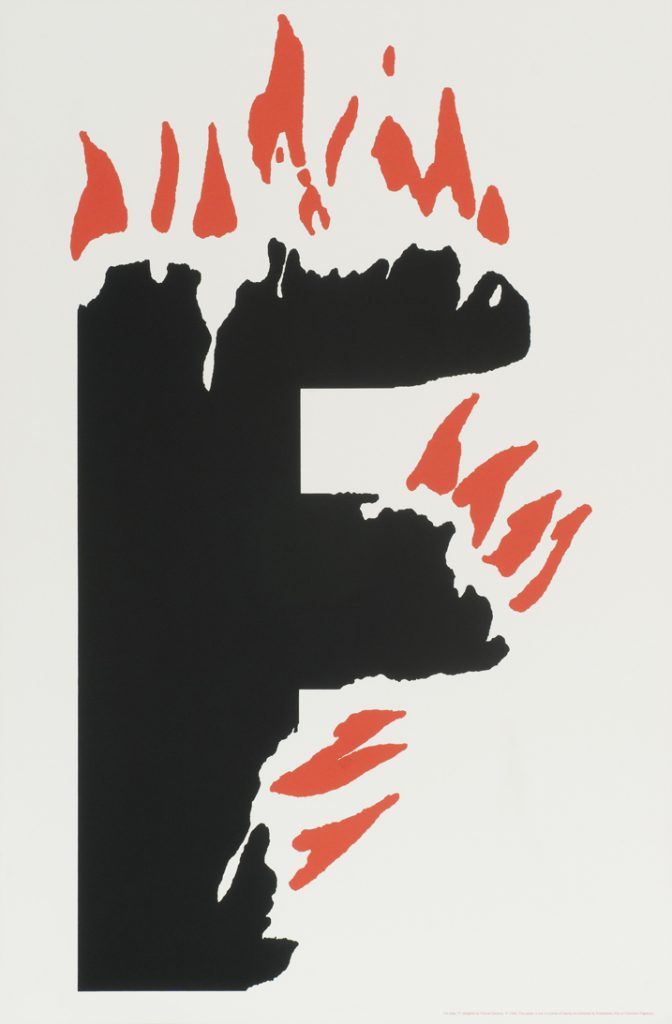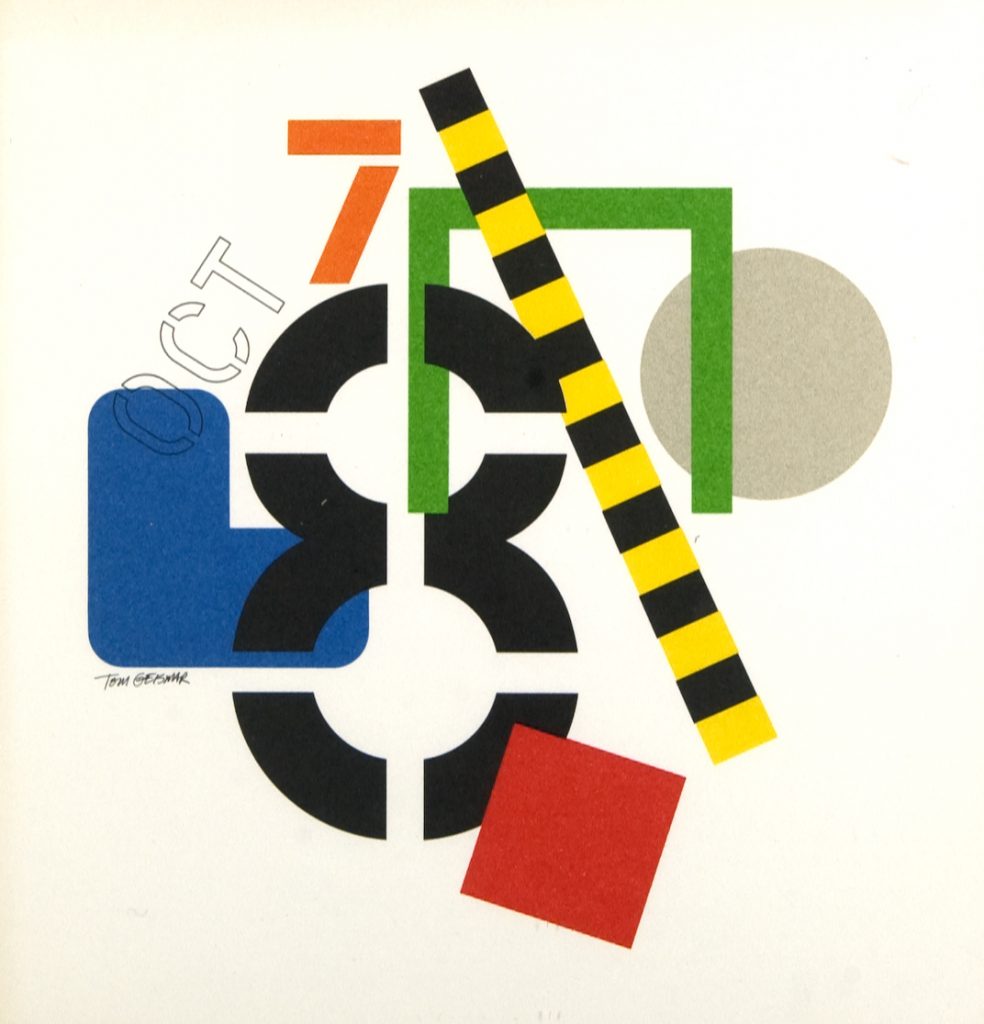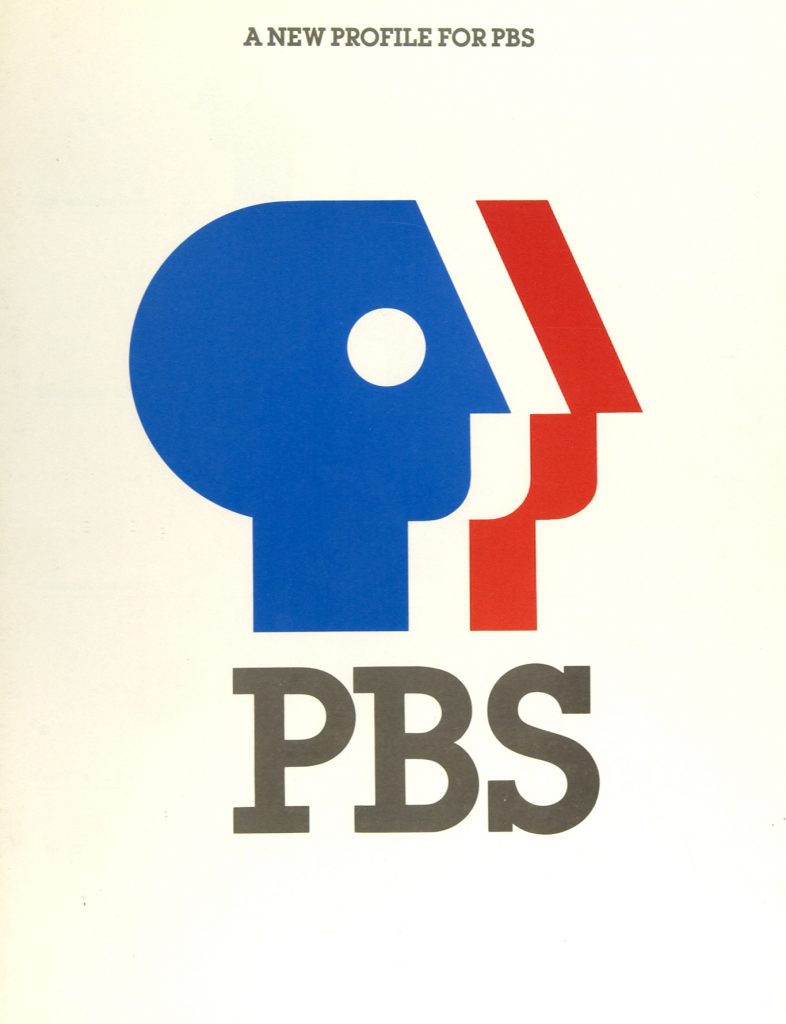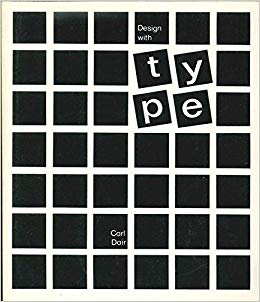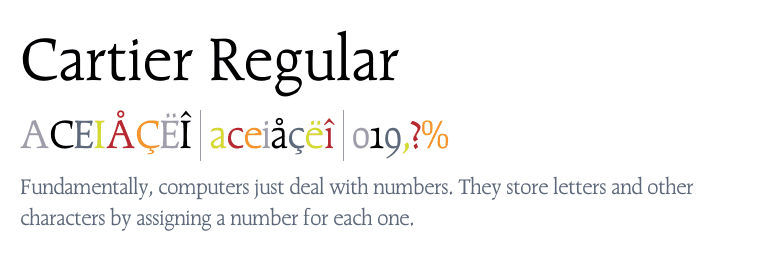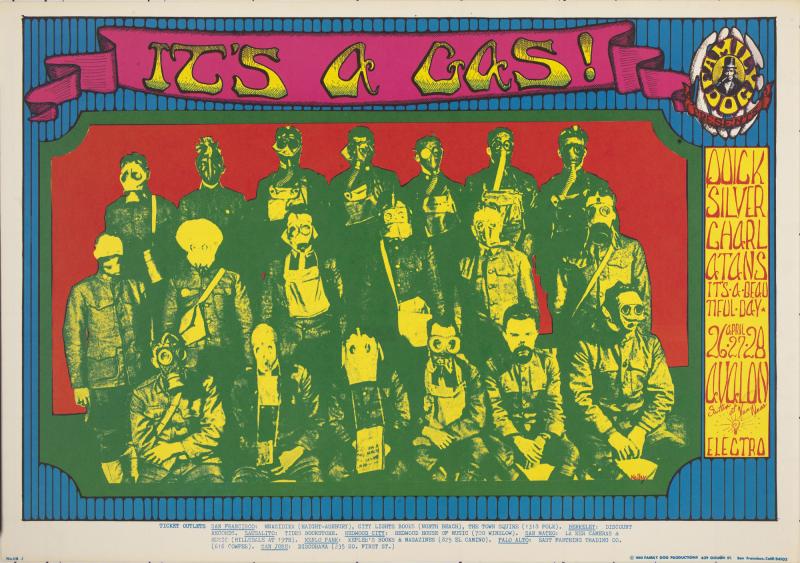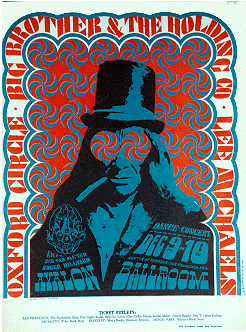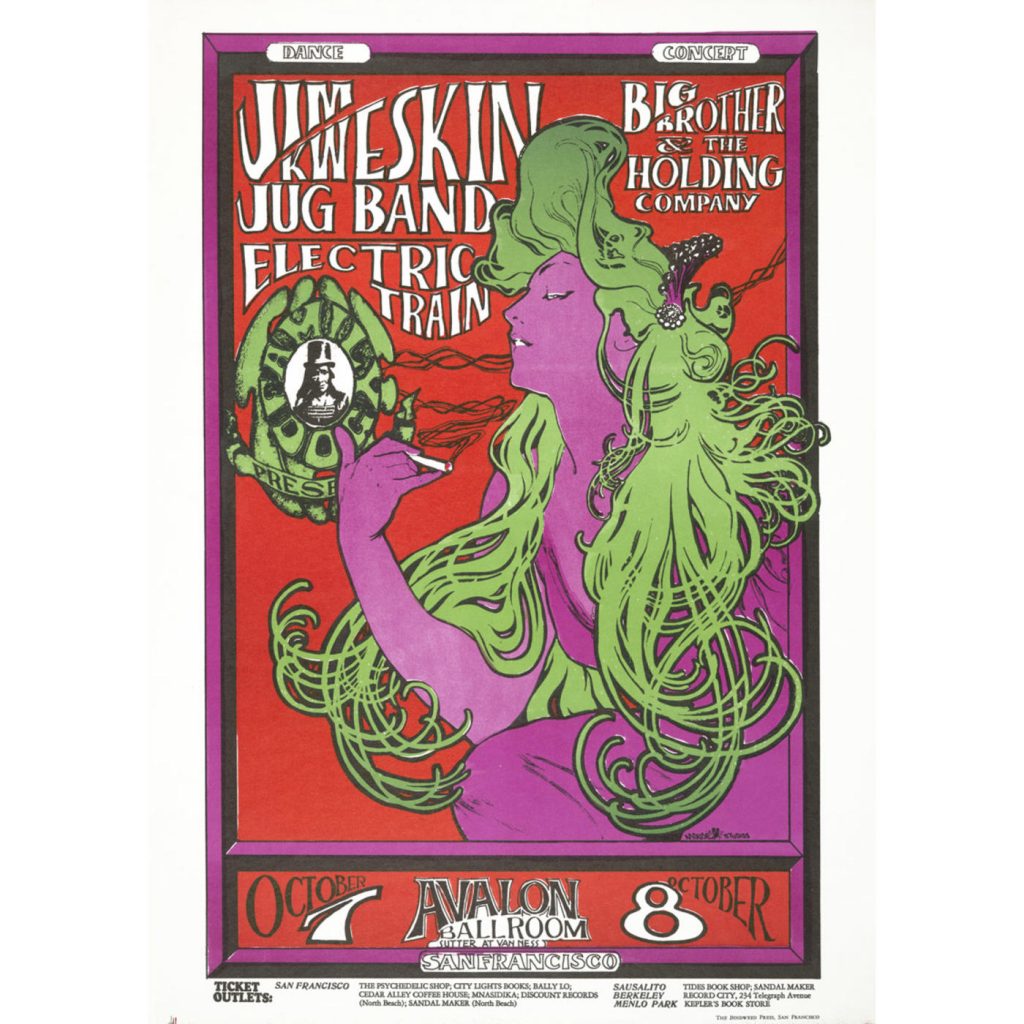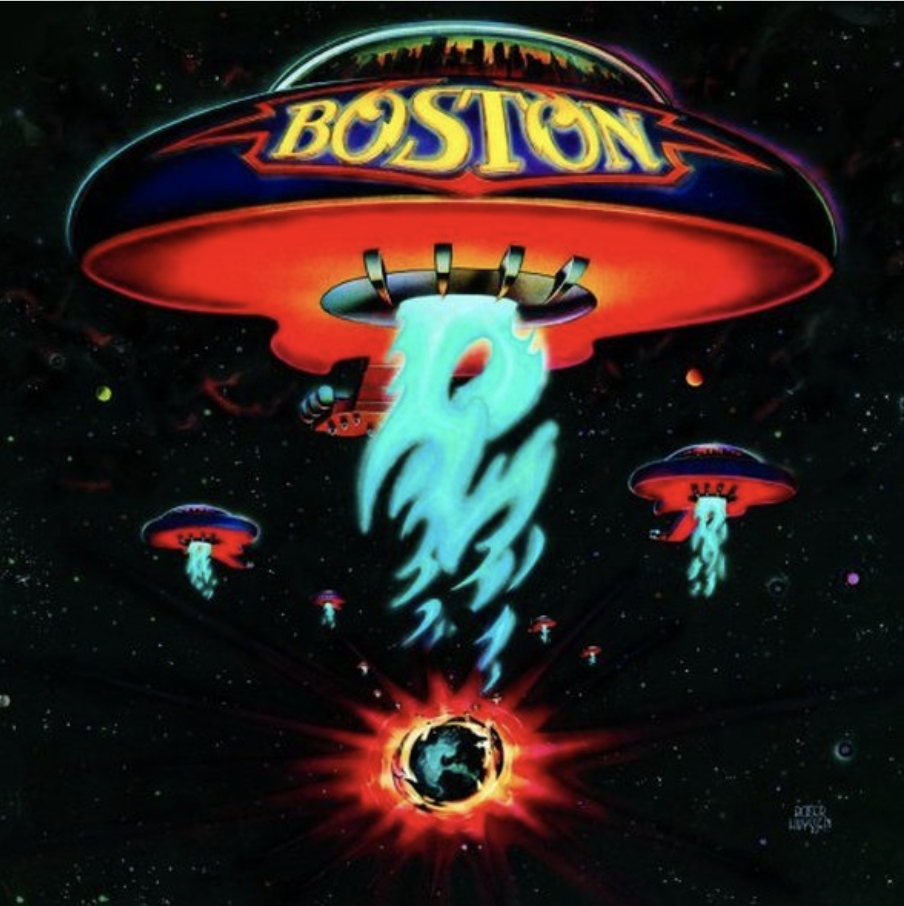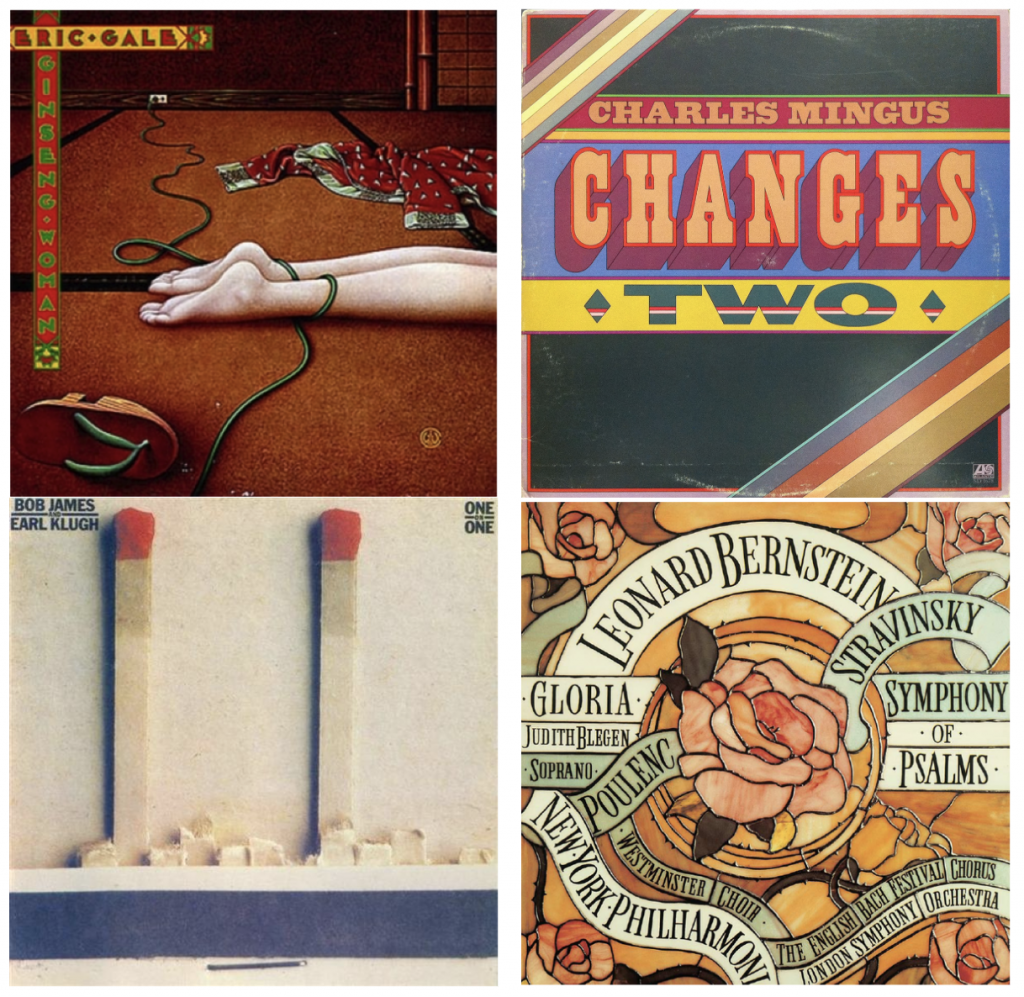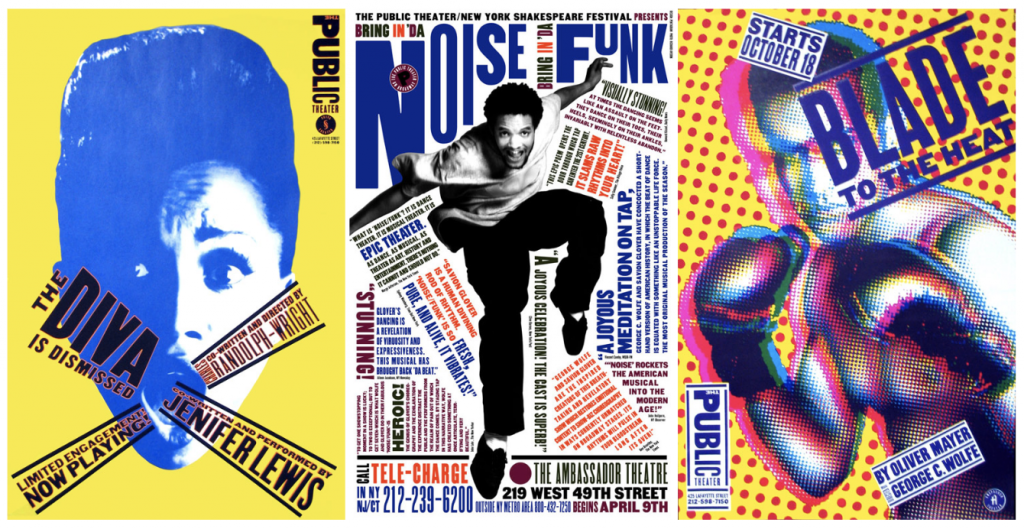Bruno Monguzzi (1941-) is a Swiss graphic designer.

Monguzzi was born in Switzerland in 1941. After moving to Geneva with his family, he attended the Graphic Design Course at the Ecole des Arts Decoratifs.

In 1960, Monguzzi travelled to London and attended Gestalt psychology, typography and photography courses at Saint Martin’s School of Art and the London College of Printing.
Monguzzi worked with Dennis Bailey in London, then moved to Milan in 1961 to join the Studio Boggeri (which was at the time the leading design and advertising agency in Italy). In 1965, Monguzzi was invited to join the Charles Gagnon and James Volkus office in Montreal. He designed nine pavilions for Expo 67.
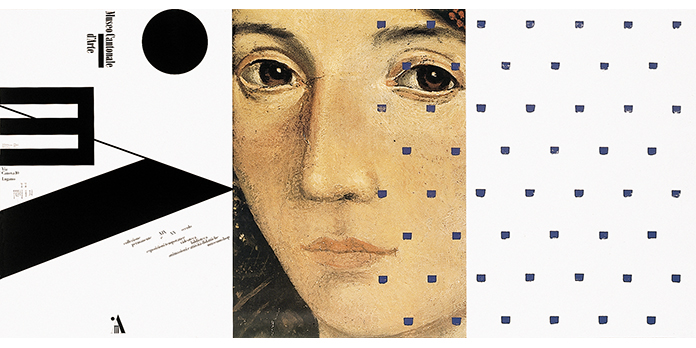
In the early 70s, Monguzzi worked independently from his atelier in Meride, Switzerland. He received the Gold Medal from the New York Art Directors Club in 1990, the Yusaku Kamekura Award and various other awards.

In 2003. Monguzzi was awarded the Honorary Royal Designer for Industry distinction by the Royal Society of Arts, London.
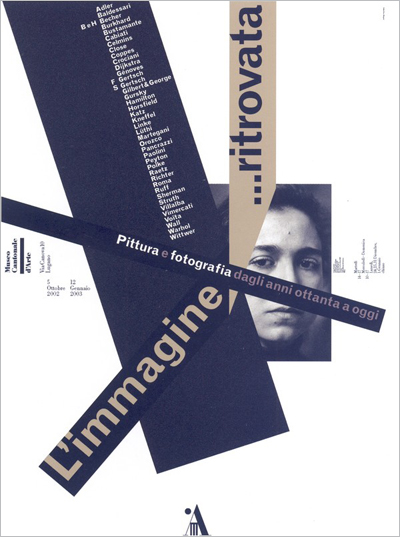
Some of his most significant projects include: the visual identity of the Musée d’Orsay in Paris (which is no longer in use), the exhibition “Majakowskij Mejerchold Stanislavskij” at Castello Sforzesco in Milan, and the posters for Museo Cantonale d‘Arte in Lugano (1987-2004).
Cited:
https://en.wikipedia.org/wiki/Bruno_Monguzzi
http://www.historygraphicdesign.com/the-age-of-information/postmodern-design/983-bruno-monguzzi
